You Smell Nice: Minetta Rogers, the Institute for Art and Olfaction (Part I)
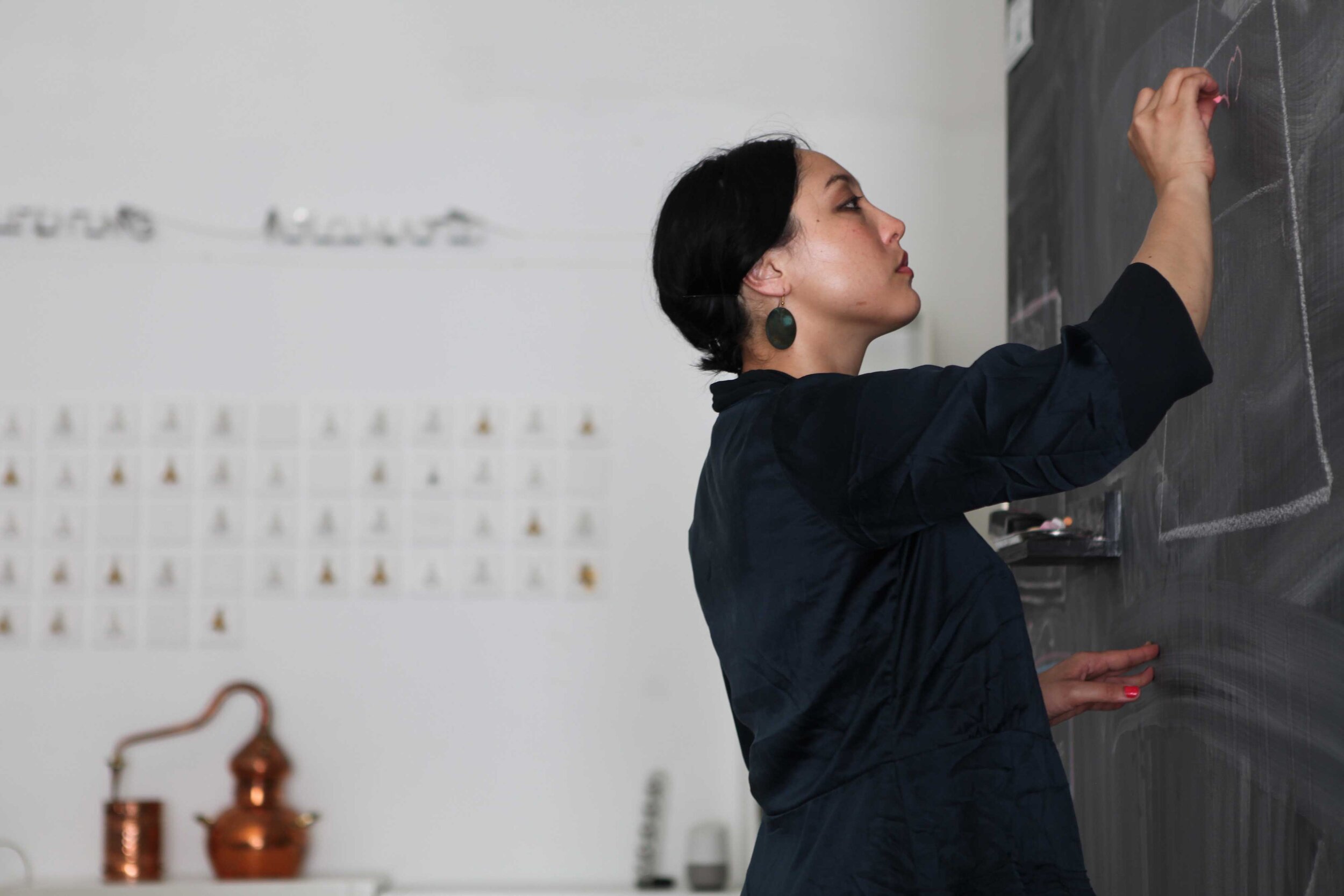
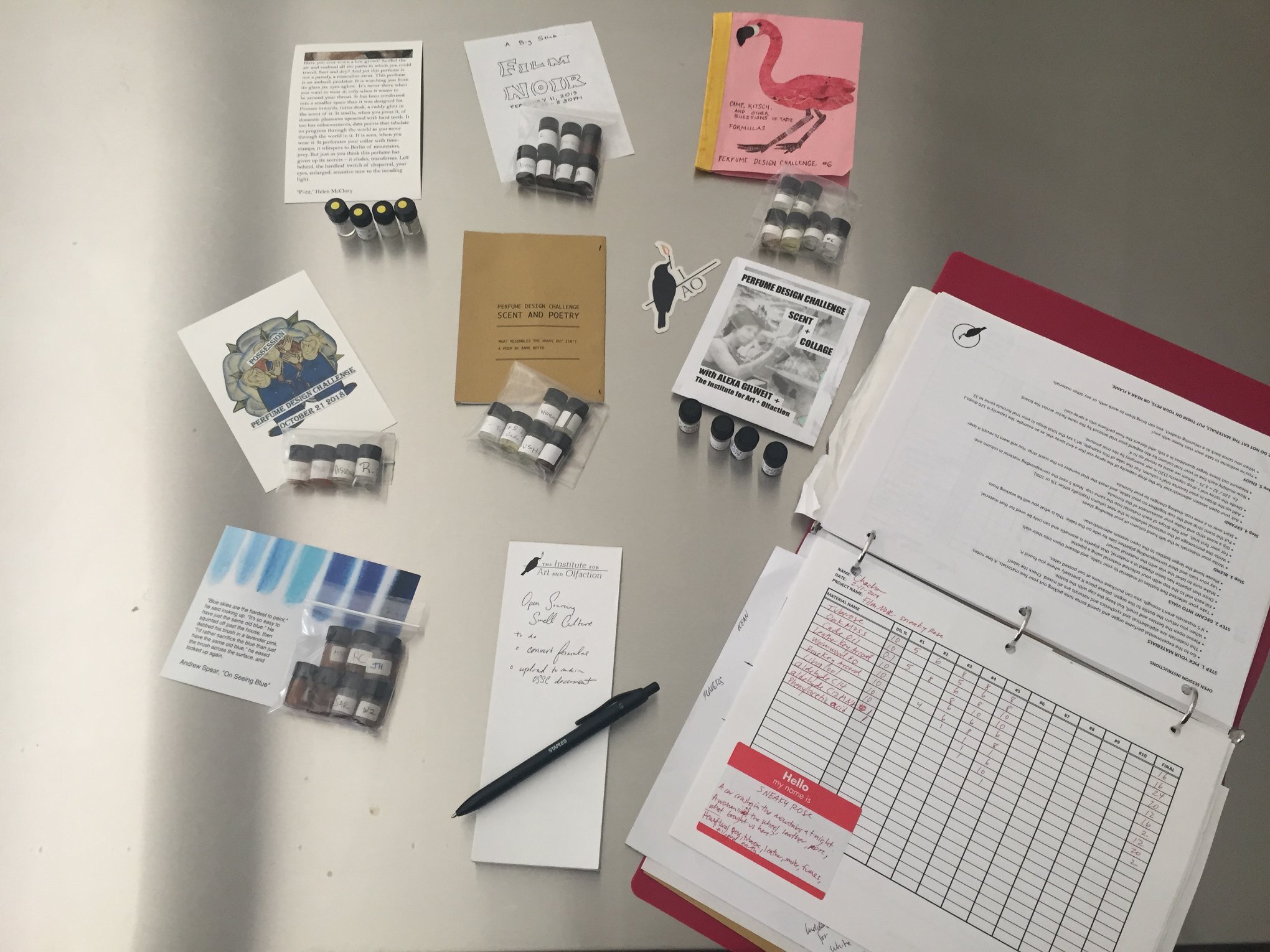
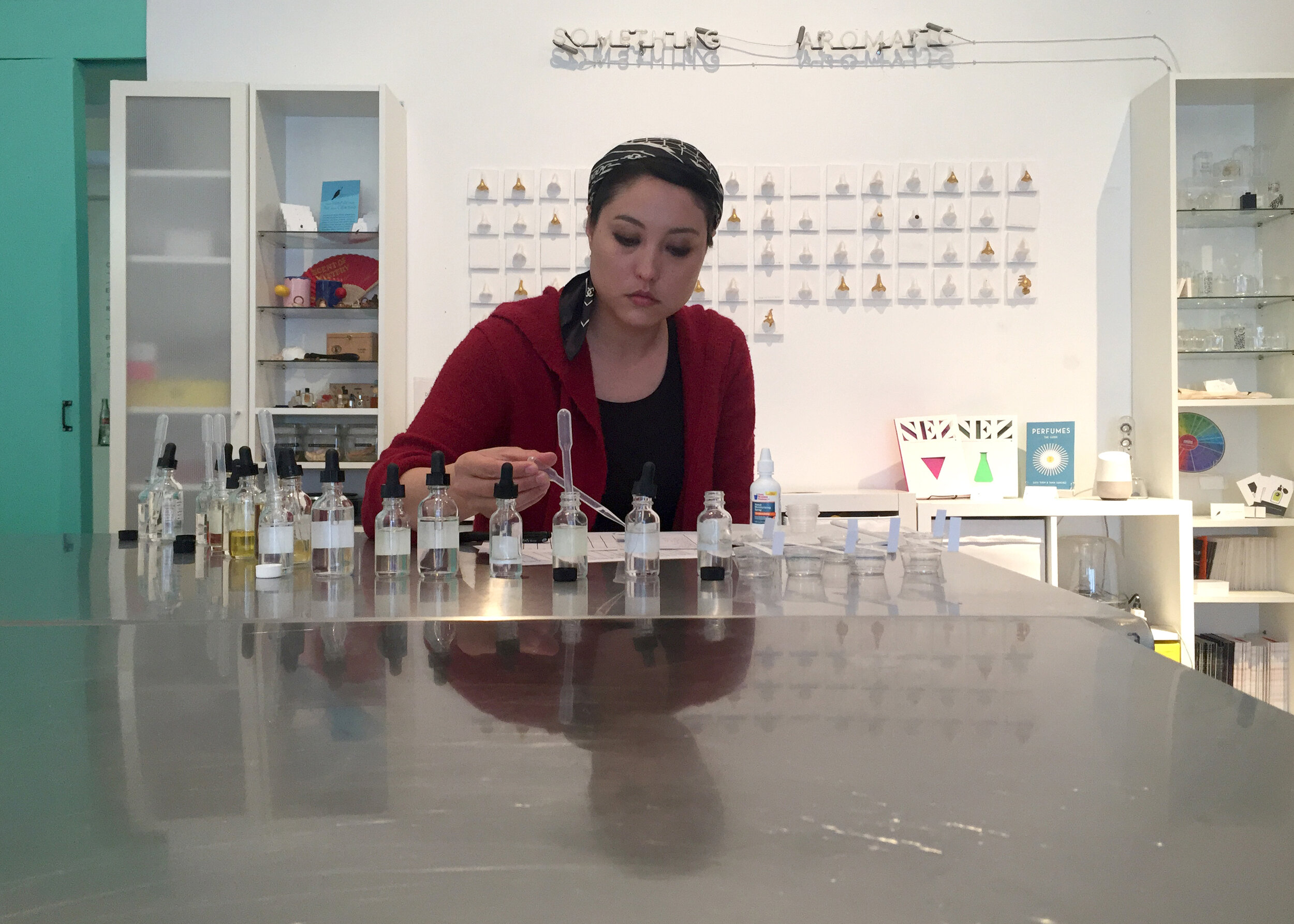
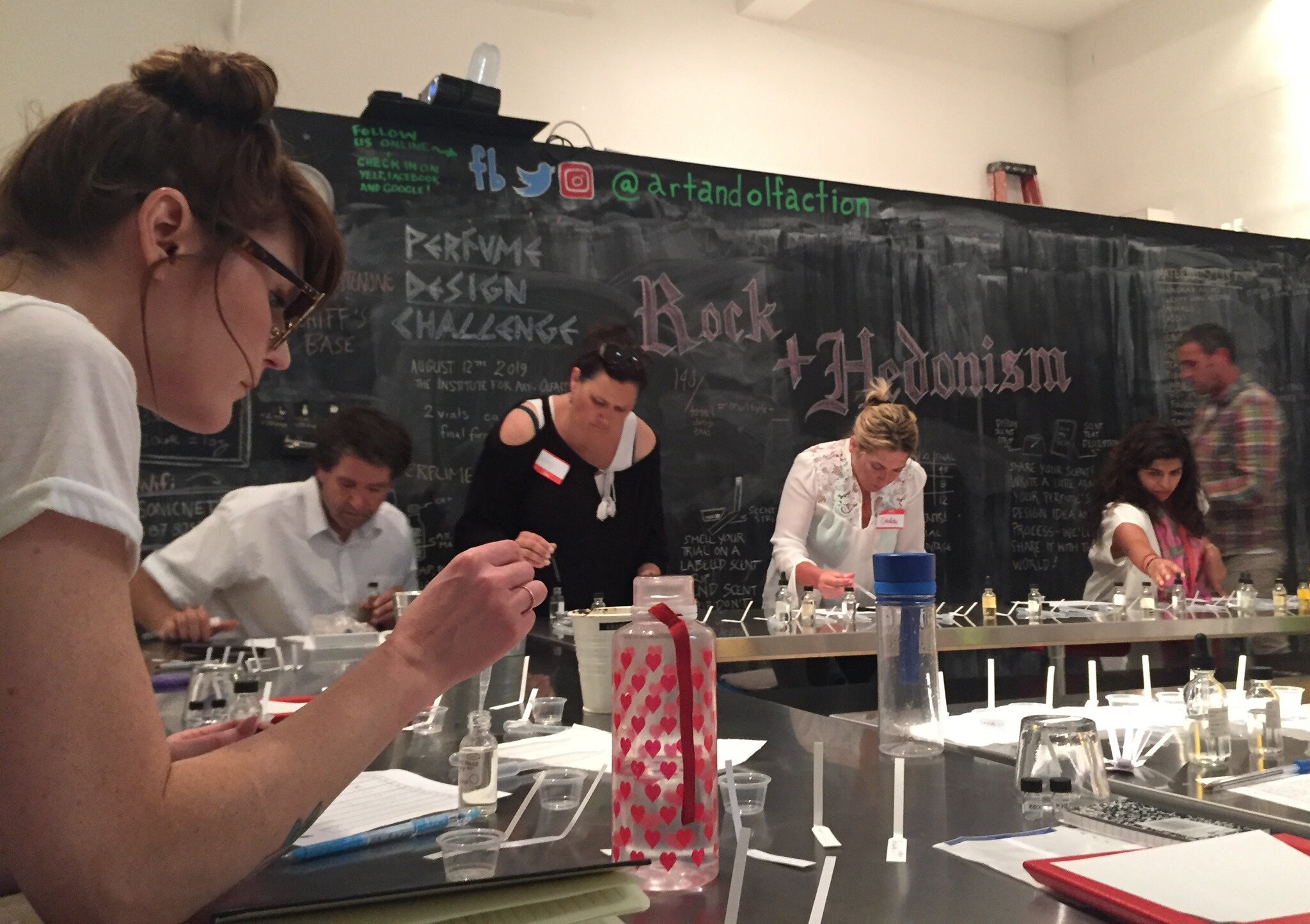
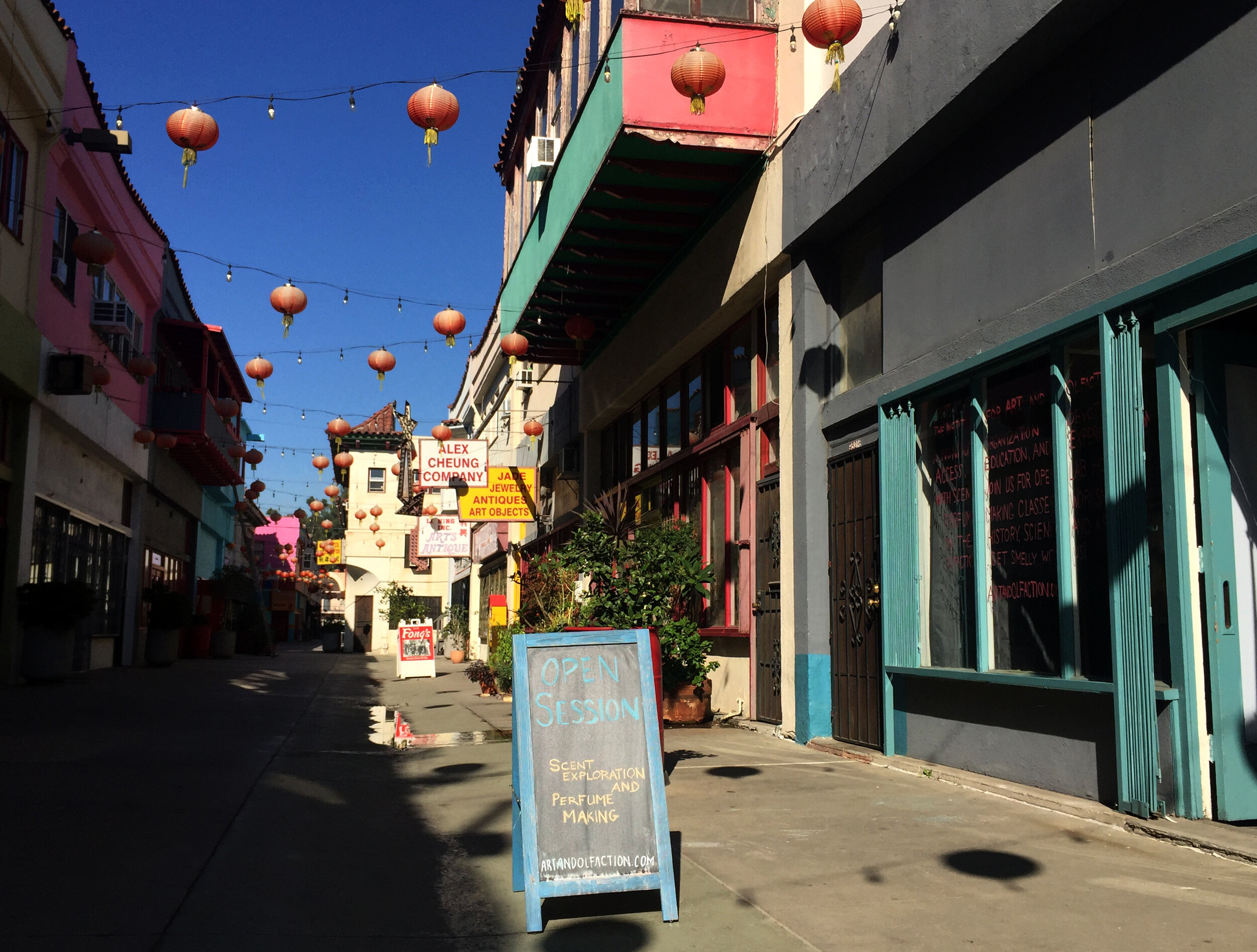
On WORKING AT the INSTITUTE
“I moved down to Los Angeles four or five years ago. It was in the beginning of my perfume education and career, and the online writer Arabelle Sicardi had mentioned Luckyscent as a place to go to start investigating perfumes. So I went and spent some time talking to the people who work there, and they said, “Oh, I think fancy perfume is not the world that you're actually interested in. Maybe you should meet Saskia [Wilson-Brown], who runs this nonprofit in K-Town.” So I started volunteering for some of [the Institute’s] events, and really fell in love with the community. I was also intrigued by the scents and the opportunities that interacting with both the community and the actual educational component offered. Four years later, now I work for the IAO.
We are an arts nonprofit with a three pronged mission of access, education and advocacy. The Institute was founded with the idea that if scent and perfume is an art, then everyone has a right to access the knowledge of creating that art. Saskia, the founder, has a really big passion for open access and sharing educational knowledge, tools and techniques.
My technical title is Director of Operations. What I do is mostly admin, money stuff, scheduling; setting things up for the rest of our daily team, for our board, and running the Perfume Design Challenge series. Where my interests lie is in that more experimental and interdisciplinary playground for people who are interested in scent, but maybe that's not the only thing that they want to do. Scent as culture, scent as a way to investigate health, or questions of status or religion.”
ON THE PERFUME DESIGN CHALLENGE SERIES
“The Perfume Design Challenge is my project at the Institute. It's under the larger umbrella of our open sourcing smell culture initiative, which is Saskia’s open access program. It was a way to get people to take scent blending seriously enough that they would come in and do a thing, but remove all the anxieties about it having to be perfect.
If you’re given a limited palette and a limited amount of time to create something that you have very little control over, it makes it fun and makes it a game. For the scent artists and aspiring perfumers who come and participate in the perfume design challenge, it helps them deal with the failure of a first draft—they can continue revising. It’s also for people who just want to experiment and play, to really get an appreciation of the work, the craft, the thought that it takes to create a scent.
I used to work in the design world—in landscape architecture, architecture, interior design. Having those iterative brainstorming sessions was something that I participated in a lot. It's a useful way of coming up with ideas, and I thought it would be a helpful thing to bring into the IAO as a way to get people started with blending.
There are some topics and challenges that were either dear to me, or things that people talk about a lot, when they start talking about scent. Like the color blue. Because everyone has their own—if not actual synesthesia, then deeply related memory—scent association with the color.”
ON MEMORABLE CHALLENGES
“The Anne Boyer challenge… There’s a really interesting online scent culture that’s been happening for a while. In the mid 2010s, the development of that online community and the poem What Resembles The Grave But Isn't were linked in my head. It’s an evocative poem that's interesting to break down into things that could be scent memories or descriptions. And Anne Boyer had been talking, on Twitter, about translating her poems into scents. So I reached out to her and said, “Would you be willing to let me do this? We'll send you a box of all the smells.”
One of the recent challenges was in collaboration with LA visual artist, Alexa Gilweit, whose work often deals with the uncanny aspects of the midcentury American domestic. Gilweit’s scent for the Perfume Design Challenge contained — among other aromatic materials — a combination of apple and coffee, which created a disquieting stale/fresh effect.
Another memorable challenge was inspired by the Possessions at Loudun. Two of the scents focused on capturing the terrifying bodily experience of demonic possession. Another one, created by longtime IAO community member Rubia Chaudri, was an entry that carefully balanced green and mineralic aspects of a rose, in part inspired by the bouquet of roses left on the nun’s dormitory steps that some people alleged was the instigating cause of possession.”
ON WHAT THE IAO OFFERS
“Having new people come in who are excited about scent is always going to be exciting to me. So as long as I'm here, and as long as I have people who want to do it and who are interested in collaborating with me, the perfume design challenge is going to keep on being a thing.
One of the things that I've heard is a really big problem for creatives and perfumers is that it's hard to build a community of people who will either give you honest feedback, or help you test your scent ideas. So what the Institute can provide to perfume culture, if not necessarily the perfume industry itself, is having people be passionate and educated enough to either try to join on their own terms, or to make more educated decisions about how they want to engage with scents.
This weekend, Jessica Hannah is teaching her weekend intensive at the Institute—she is one of the few people I've met who can firmly, but kindly, walk you through your scent idea to a three-times revised formula. In architecture school, having someone give me very firm feedback about where my idea was not well-executed or where my designs had flaws made me better at composing ideas or drawings, and it made my technical skills better. So similarly, having someone like that who is present to do the work for people who want to become perfumers or scent designers is really, really valuable. I think there should be more of that.
The Institute in its perfect form is not about any one personality. It's about the idea of people coming and sharing their knowledge and creating scents and experiences together. I would like it to be a sandbox for people to start working out their ideas, rather than being associated with my face or Saskia’s or any of our particular teachers, because the idea is so much larger than that.”
_
This is the first part of an extended conversation with Minetta Rogers. Stay tuned for Part II, where we discuss scent’s role in identity, vintage perfumes as historical markers, and the ideas that inform today’s scent culture.
